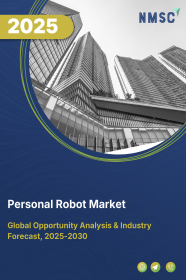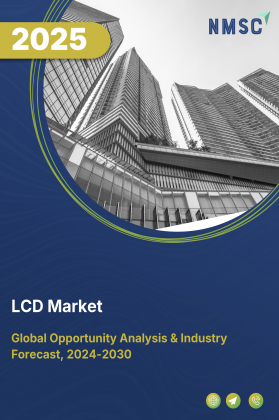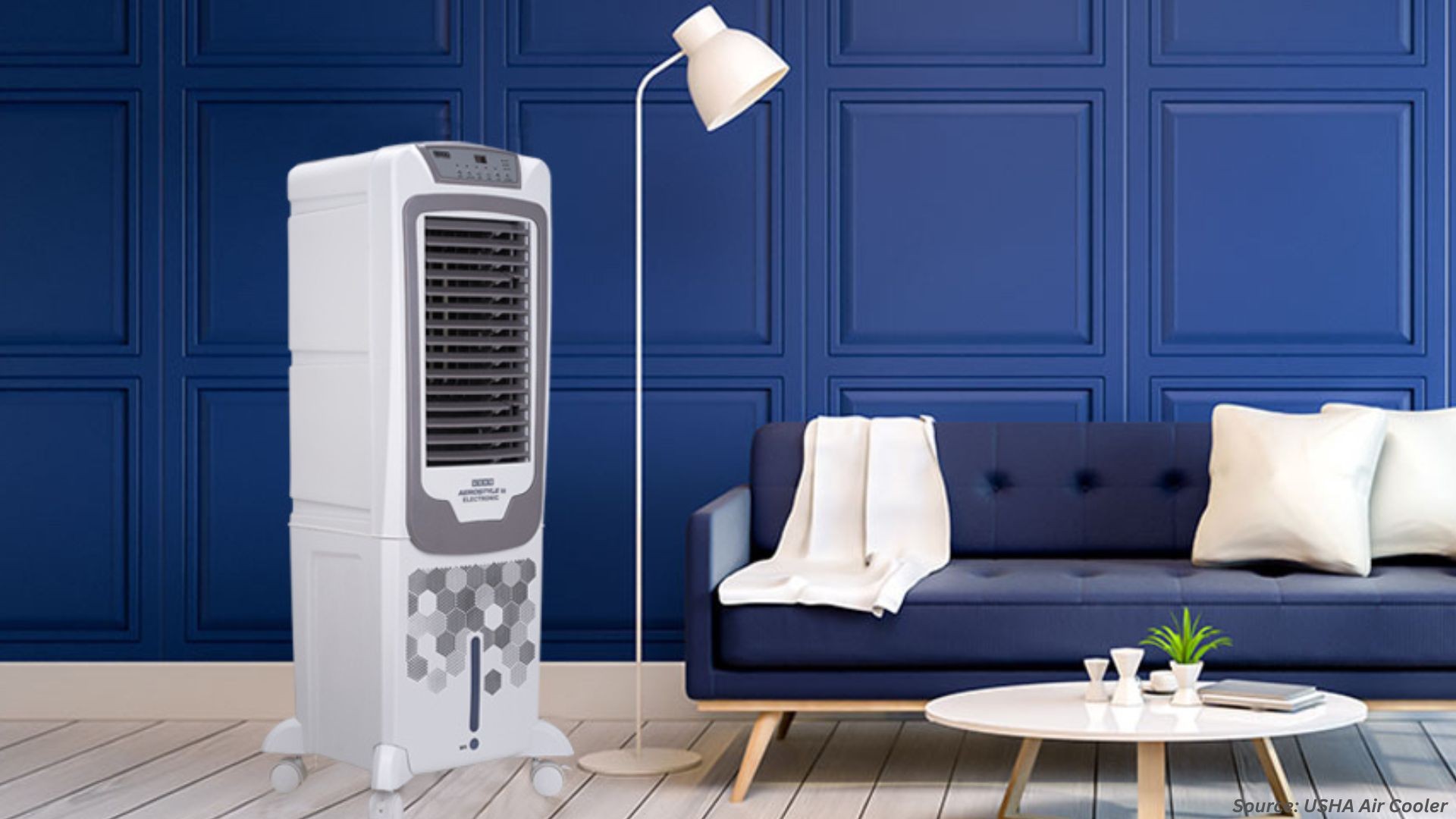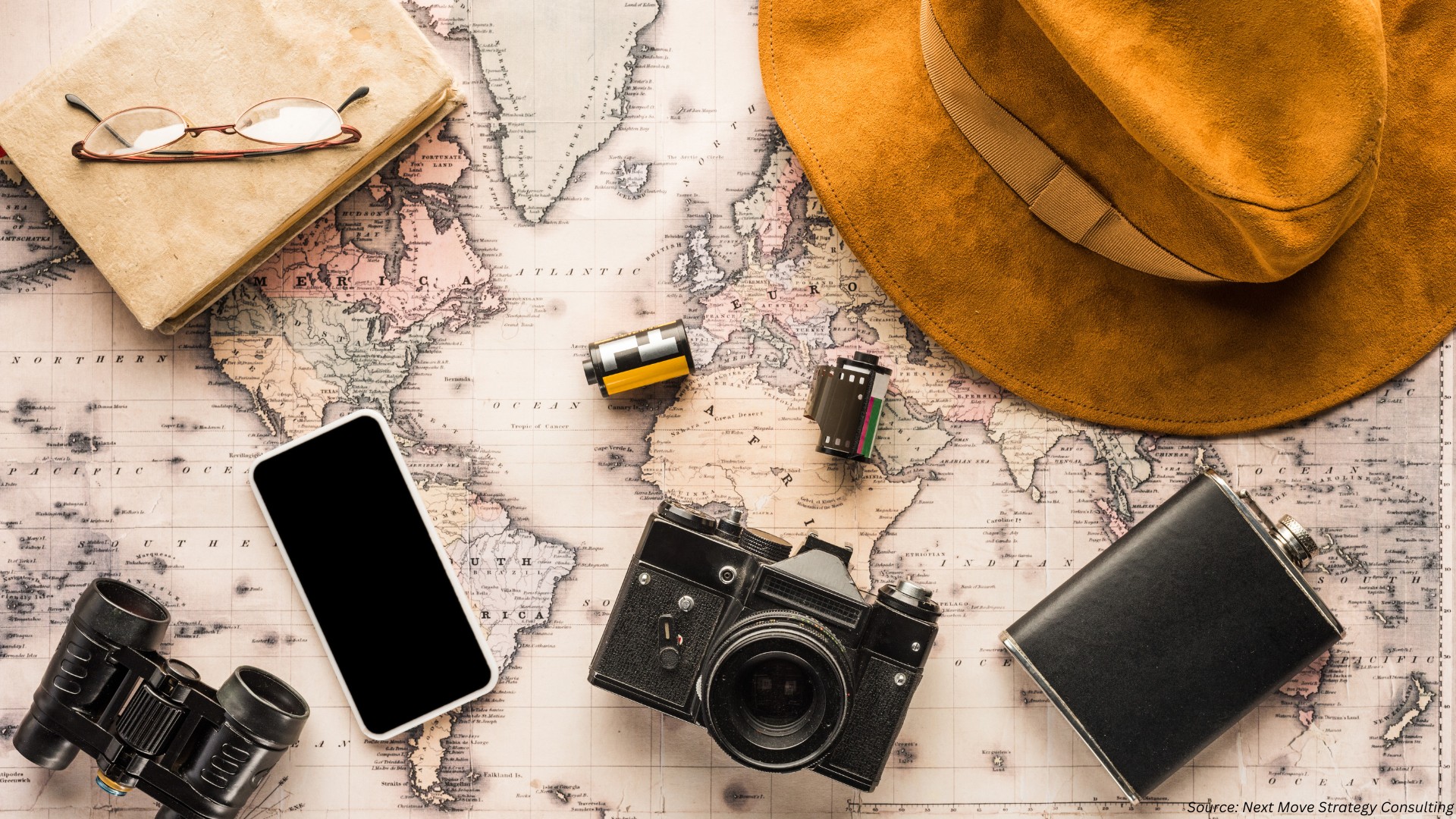
Personal Robot Market by Component (Hardware (Sensors, Actuators, Processors & Controllers, and Others) and Software (AI & Machine Learning, Computer Vision, and Others)), by Connectivity (Wi-Fi, Bluetooth and Others), by Application (Cleaning Robot, Entertainment Robot, Education Robot, Handicap Assistance Robot, Personal Transportation Robot, Security Robot and Others), and by End User (Residential Use, Healthcare, and Others) - Global Opportunity Analysis and Industry Forecast 2025-2030
Personal Robot Market Overview
The global Personal Robot Market size was valued at USD 13.22 billion in 2024 and is predicted to reach USD 20.40 billion by 2030 with a CAGR of 7.5% from 2025-2030.
The factors such as increase in number of crimes and violence, rise in aging population and growing demand for smart home system drives the market growth. However, the high cost of components, those of sensors integrated in the robots, inflates the price of personal robot. On the contrary, growing use of household robot for various household chores offers promising future opportunity to enhance automation demand.
Moreover, the top players such as, Boston Dynamics, Ecovacs Robotics and others are taking initiatives including product launch and collaborations in order to enhance their market position and expand product offerings. These initiatives are expected to drive innovations and adoption in household robotics market, creating a secure and efficient digital ecosystem. Advancements in AI/ML are enabling smarter security system, and as the market matures, demand for humanoid robot is expected to grow steadily.
Rise in Number of Crimes Propels Growth of Personal Robot Industry
Increase in rate of crimes and thefts grows the demand for personal robot, as these robots promptly notify authority and provide immediate support during critical situations. As per the Insurance Information Institute, 2023, the growing number of crimes and thefts, impacted 353 million individuals and the rate increased by 72% in 2023 as compared to previous years. These robots swiftly alert authorities, offering enhanced security and immediate assistance in emergencies, thereby, driving the demand of robots for personal use.
Rise in Number of Aging Populations Boosts Personal Robot Sector
The aging population is increasing the personal robot market demand because these robots offer valuable assistance with daily tasks, healthcare monitoring, and companionship for the elderly. According to the World Health Organization, 2024, 1 in 6 people will be 60 years or older, and their population will grow to 1.4 billion by 2030. By 2050, the population of people aged 60 and above will be 2.1 billion, with 426 million being 80 years or above. This rise in number of aging populations boosts the demand for robot in household usage to assist the old aged individuals in their daily chores.
Inclination Towards Smart Home and Automation Heightens Personal Robot Usage
Personal robot is being used to increase the demand for smart home systems, that, in turn, makes it more efficient to control automated tasks while making it easier for the user. According to the latest reports published by the NMSC, the smart home market is predicted to reach approximately USD 463 billion by 2030.
This growing demand for smart homes is expanding the personal automation industry as consumers seek interconnected, efficient solution for modern lifestyle. Smart homes demand boosts household robots by enabling better integration with connected devices, enhancing convenience.
High Cost Hinders the Market Growth
However, the high cost of personal robot, driven by expensive components namely advanced sensors, and software development, poses a significant barrier to personal robot market growth. This makes them unaffordable for many consumers, limiting their adoption primarily to lower-income groups.
5G-Enabled Robotics for a Smarter Future
The integration of 5G in personal robotics enhances real-time responsiveness, intelligence, and connectivity, enabling seamless assistance in healthcare, home automation and daily tasks. With ultra-low latency and high-speed communication, these household robots provide smarter companionship, remote caregiving and autonomous support, improving quality of life and independence for people of all ages.
According to reports published by, The Scotland 5G Centre, 2024, The University of Glasgow is funded with USD 2 million to develop a testbed mobile network to advance 5G integration in robotics. This showcases 5G’s potential to revolutionize robotics and remote learning globally, ultimately expected to drive market expansion in coming years.
Market Segmentations and Scope of the Study
The personal robot market report is segmented on the basis of component, connectivity, application, end user and region. On the basis of component, the market is divided into hardware and software. On basis of hardware the market is divided into sensors, actuators, processors & controllers, batteries & power systems, and others. Based on software the market is divided into AI & machine learning, computer vision, natural language processing, and cloud-based services. Based on connectivity, the market is segmented into Wi-Fi, Bluetooth, ZigBee & Z-wave, cellular. On the basis of application, the market is classified into cleaning robot, entertainment robot, education robot, handicap assistance robot, companion robot, personal transportation robot, and security robot. On the basis of end user, the market is bifurcated into residential use, healthcare, research, hospitality, and others. Geographic breakdown and analysis of each of the aforesaid segments includes regions comprising of North America, Europe, Asia-Pacific, and RoW.
Geographical Analysis
North-America dominates the personal robot market share and is projected to maintain its dominance throughout the forecast period. There are growing working professionals in North America that insist on using a robot for personal usage. According to reports by the USA Facts, 2024, the increasing number of working professionals, such as 3.0 million government employees in the U.S. by the end of 2023, increased the demand for household robots.
Many professionals work long hours, and robots that help in doing household chores such as cleaning and organizing save time, that enables people to spend more time on their careers and well-being.
Furthermore, the rising violence and crime rates in the region is driving demand for personal robot due to their ability to immediately alert police forces and seek help that enhances security and safety in high-risk areas.
According to reports published by the Fraser Institute, 2024, Toronto reported closely 5049 auto thefts. Crimes including assaults, break-ins, homicides, robberies and sexual violence grew by 36% in 2023. The increasing crime rate, particularly in cities, creates a need for household robots that are security enhanced for alerting authorities and alarm generation for safer living conditions within high-risk environments.
The Asia-Pacific region is also expected to experience stable growth in the personal robot industry over the forecast period. The rise in demand for automation for handling household chores accelerates the demand for efficient and time saving solutions such as domestic robots.
This trend leads the manufacturers to introduce advanced domestic robots in the region that is designed to automate tasks such as cooking, cleaning, and pet care. For instance, in December 2023, LG launched Smart AI Home Agent that integrates AI, robotics and multi modal technologies in India. The AI home agent combine advanced communication capabilities with autonomous mobility to help users in household chores, thereby boosting the market growth.
Additionally, the demand for personal robot is fueled by the increasing aging population in the region because these robots are used for performing daily tasks, healthcare, and companionship; hence, these are much-needed aids for elderly individuals.
According to latest World Economic Forum report, over 36.23 million people are in the age group of 65 years and above in Japan in 2023. It further increases demand for household robots making them contribute a lot towards improvement in quality of life for elderly persons with assistance, health care, and companionship.
Competitive Landscape
Various key market players operating in the personal robot industry includes Honda Motor Company Ltd., Ecovacs Robotics Inc., iRobot Corporation, Neato Robotics Inc., Samsung Electronics Co. Ltd., Boston Dynamics, ZMP Inc., Hanson Robotics Corp., F&P Robotics AG, Segway Inc., Sony Corporation, Panasonic Corporation, PAL Robotics, Robert Bosch GmbH, Engineered Arts Ltd. and others. These market players are adopting various strategies such as collaborations as their key developmental strategy to maintain their dominance in the market.
For instance, in October 2024, Boston Dynamics and the Toyota Research Institute publicly announced a research partnership dedicated to propelling the development of general-purpose humanoid robots with hopes to accelerate the pace of innovation in AI-driven robotics.
Moreover, in May, 2023, Ecovacs Robotics collaborated with the 147th WKC Dog Show, to integrate its core technology into pet-owning households. This partnership resulted in Ecovacs Robotics to offer innovative solutions for pet care and maintenance through robotic technology to satisfy the unique needs of pet owners.
Key Benefits
-
The report provides quantitative analysis and estimations of the personal robot industry from 2025 to 2030, that assists in identifying the prevailing industry opportunities.
-
The study comprises a deep-dive analysis of the current and future personal robot market trends to depict prevalent investment pockets in the industry.
-
Information related to key drivers, restraints, and opportunities and their impact on the personal robot market is provided in the report.
-
Competitive analysis of the key players, along with their market share is provided in the report.
-
SWOT analysis and Porters Five Forces model is elaborated on the study.
-
Value chain analysis in the market study provides a clear picture of roles of stakeholders.
Personal Robot Market Key Segments
By Component
-
Hardware
-
Sensors
-
Actuators
-
Processors & Controllers
-
Batteries & Power Systems
-
Others
-
-
Software
-
AI & Machine Learning
-
Computer Vision
-
Natural Language Processing
-
Cloud-Based Services
-
By Connectivity
-
Wi-Fi
-
Bluetooth
-
Zigbee & Z-Wave
-
Cellular
By Application
-
Cleaning Robot
-
Entertainment Robot
-
Education Robot
-
Handicap Assistance Robot
-
Companion Robot
-
Personal Transportation Robot
-
Security Robot
By End User
-
Residential Use
-
Healthcare
-
Research
-
Hospitality
-
Others
By Geography
-
North America
-
U.S
-
Canada
-
Mexico
-
-
Europe
-
The U.K.
-
Germany
-
France
-
Italy
-
Spain
-
Denmark
-
Netherlands
-
Finland
-
Sweden
-
Norway
-
Russia
-
Rest of Europe
-
-
Asia-Pacific
-
China
-
Japan
-
India
-
South Korea
-
Australia
-
Indonesia
-
Singapore
-
Taiwan
-
Thailand
-
Rest of Asia-Pacific
-
-
RoW
-
Latin America
-
Middle East
-
Africa
-
Key Players
-
Honda Motor Company, Ltd.
-
Ecovacs Robotics Inc.
-
iRobot Corporation
-
Neato Robotics Inc.
-
Samsung Electronics Co. Ltd.
-
Boston Dynamics
-
ZMP Inc.
-
Hanson Robotics Corp.
-
F&P Robotics AG
-
Segway Inc.
-
Sony Corporation.
-
Panasonic Corporation
-
PAL Robotics
-
Robert Bosch GmbH
-
Engineered Arts Ltd.
REPORT SCOPE AND SEGMENTATION:
|
Parameters |
Details |
|
Market Size in 2024 |
USD 13.22 Billion |
|
Revenue Forecast in 2030 |
USD 20.40 Billion |
|
Growth Rate |
CAGR of 7.5% 2025 to 2030 |
|
Analysis Period |
2024–2030 |
|
Base Year Considered |
2024 |
|
Forecast Period |
2025–2030 |
|
Market Size Estimation |
Billion (USD) |
|
Growth Factors |
|
|
Countries Covered |
28 |
|
Companies Profiled |
15 |
|
Market Share |
Available for 10 companies |
|
Customization Scope |
Free customization (equivalent to up to 80 working hours of analysts) after purchase. Addition or alteration to country, regional, and segment scope. |
|
Pricing and Purchase Options |
Avail customized purchase options to meet your exact research needs. |




















 Speak to Our Analyst
Speak to Our Analyst

























